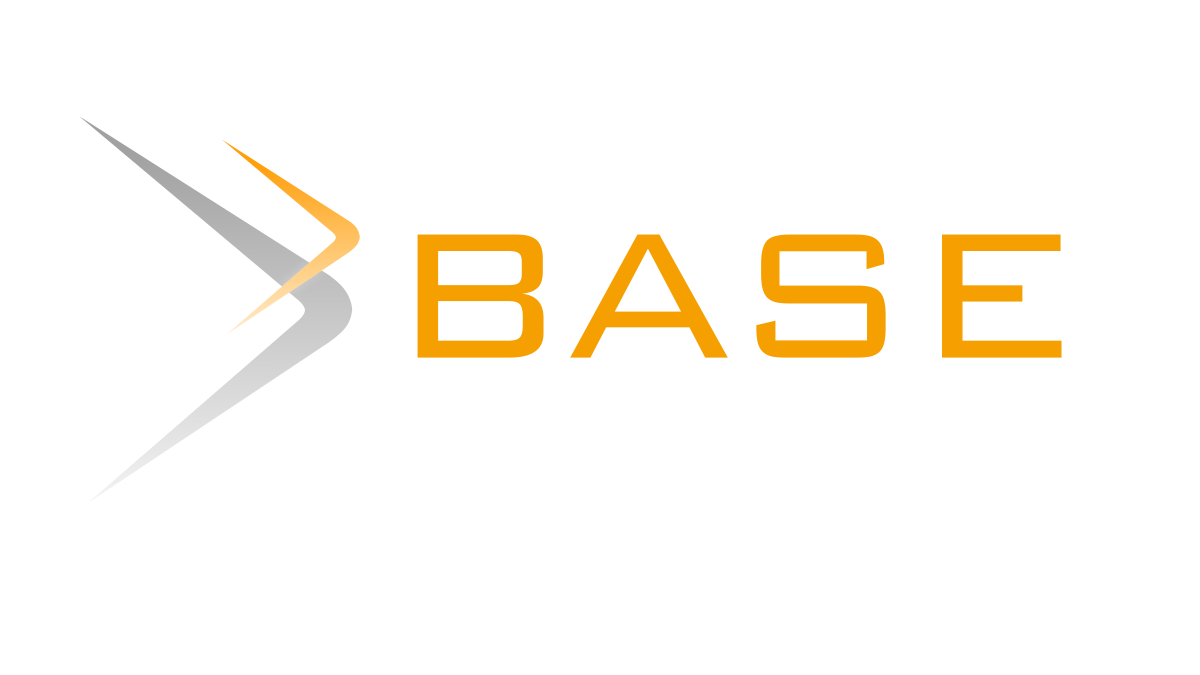An Investigation of the Physical Environment and Employee Performance toward Customer Satisfaction in the Luxury Hotel: A Study in Bandung, Indonesia
DOI:
https://doi.org/10.35313/jmi.v2i1.31Keywords:
Customer Satisfaction, Physical Environment, Employee, Luxury HotelAbstract
This study aims to investigate the relationships between physical environment and employee toward customer satisfaction in luxury-hotels (four-star) and enrich the hoteliers with insight on which attributes of physical environment and employee that are most crucial to increase the satisfaction. Using quantitative approach with a large-scale survey to explore customer satisfaction, data were collected through 300 questionnaires and distributed to guests of luxury hotels around Bandung with 260 questionnaires returned. To analyze the data, a simple regression analysis was run. The main finding showed that customer satisfaction could be explained by physical environment dimension, with the highest contribution came from hotel décor. However, the result also showed that the employee dimension could also explain customer satisfaction. In fact, employee has the strongest impact towards customer satisfaction compared to physical environment. As a conclusion, it can be said that while service constitutes tangible and intangible aspects, this research shows that the intangible aspect seems to play the more vital role in delivering service in the hospitality industry. This paper will help hoteliers of luxury-hotel to decide which factors they should consider the most to increase the satisfaction of their guests.
References
Ali, F., & Amin, M. (2014). The influence of physical environment on emotions, customer satisfaction and behavioural intentions in Chinese resort hotel industry. Journal for Global Business Advancement, 7(3). https://doi.org/10.1504/JGBA.2014.064109
Bitner, M. J. (1992). Servicescapes: The Impact of Physical Surroundings on Customers and Employees. Journal of Marketing, 56(2). https://doi.org/10.1177/002224299205600205
Brotherton, B. (2012). Introduction to the UK hospitality industry: A comparative approach. In Introduction to the UK Hospitality Industry: A Comparative Approach. https://doi.org/10.4324/9780080939179
Choi, T. Y., & Chu, R. (2001). Determinants of hotel guests’ satisfaction and repeat patronage in the Hong Kong hotel industry. International Journal of Hospitality Management, 20(3). https://doi.org/10.1016/S0278-4319(01)00006-8
Conde Nast Traveller. (2021). The best countries in the world 2021. https://www.cntraveller.com/gallery/best-countries-in-the-world
Darini, M., & Khozaei, F. (2016). The study of factors affecting customer’s satisfaction with the three star hotels in Dubai. International Journal of Advanced Engineering, Management and Science (IJAEMS), 2(2).
Daryanto, A., de Ruyter, K., & Wetzels, M. (2010). Getting a Discount or Sharing the Cost: The Influence of Regulatory Fit on Consumer Response to Service Pricing Schemes. Journal of Service Research, 13(2), 153–167. https://doi.org/10.1177/1094670509351566
Eurostat (Statistical Office of the European Union). (2015, February 9). Glossary: Hotels and similar accommodation.
Fornell, C., & Larcker, D. F. (1981). Evaluating Structural Equation Models with Unobservable Variables and Measurement Error. Journal of Marketing Research, 18(1). https://doi.org/10.2307/3151312
Gee, C. Y. (1994). International Hotel Management. Educational Institute of the American Hotel & Motel Association.
Ha, H. Y., Akamavi, R. K., Kitchen, P. J., & Janda, S. (2014). Exploring key antecedents of purchase intentions within different services. Journal of Services Marketing, 28(7). https://doi.org/10.1108/JSM-01-2013-0025
Hair, J. F., Ringle, C. M., & Sarstedt, M. (2011). PLS-SEM: Indeed a silver bullet. Journal of Marketing Theory and Practice, 19(2). https://doi.org/10.2753/MTP1069-6679190202
Hair, J. F., Risher, J. J., Sarstedt, M., & Ringle, C. M. (2019). When to use and how to report the results of PLS-SEM. In European Business Review (Vol. 31, Issue 1). https://doi.org/10.1108/EBR-11-2018-0203
Han, H., & Hyun, S. S. (2017). Impact of hotel-restaurant image and quality of
physical-environment, service, and food on satisfaction and intention. International Journal of Hospitality Management, 63. https://doi.org/10.1016/j.ijhm.2017.03.006
Han, H., Moon, H., & Hyun, S. S. (2019). Indoor and outdoor physical surroundings and guests’ emotional well-being: A luxury resort hotel context. International Journal of Contemporary Hospitality Management, 31(7). https://doi.org/10.1108/IJCHM-10-2018-0852
Han, H., & Ryu, K. (2009). The roles of the physical environment, price perception, and customer satisfaction in determining customer loyalty in the restaurant industry. Journal of Hospitality and Tourism Research, 33(4). https://doi.org/10.1177/1096348009344212
Hargreaves, C. A. (2015). Analysis of Hotel Guest Satisfaction Ratings and Reviews: An Application in Singapore. American Journal of Marketing Research, 1(4).
Homburg, C., Jensen, O., & Krohmer, H. (2008). Configurations of marketing and sales: A taxonomy. Journal of Marketing, 72(2). https://doi.org/10.1509/jmkg.72.2.133
Hundleby, J. D., & Nunnally, J. (1968). Psychometric Theory. American Educational Research Journal, 5(3). https://doi.org/10.2307/1161962
Ibrahim, E. E., & Gill, J. (2005). A positioning strategy for a tourist destination, based on analysis of customers’ perceptions and satisfactions. Marketing Intelligence and Planning, 23(2). https://doi.org/10.1108/02634500510589921
Johnson, R. B., & Onwuegbuzie, A. J. (2004). Mixed Methods Research: A Research Paradigm Whose Time Has Come. Educational Researcher, 33(7). https://doi.org/10.3102/0013189X033007014
Kim, B., Kim, S., & Heo, C. Y. (2016). Analysis of satisfiers and dissatisfiers in online hotel reviews on social media. International Journal of Contemporary Hospitality Management, 28(9). https://doi.org/10.1108/IJCHM-04-2015-0177
Kotler, P., & Armstrong, G. (2018). Principles of Marketing 17th Global Edition. In Pearson Education Limited.
Kotler, P. T., Bowen, J. T., & Makens, J. C. (2014). Marketing for Hospitality and Tourism (6th ed.).
Pearson.
Laroche, M., Bergeron, J., & Goutaland, C. (2001). A Three-Dimensional Scale of Intangibility.
Journal of Service Research, 4(1). https://doi.org/10.1177/109467050141003
Lee, S., & Jeong, M. (2012). Effects of e-servicescape on consumers’ flow experiences. In Journal of Hospitality and Tourism Technology (Vol. 3, Issue 1). https://doi.org/10.1108/17579881211206534
Lin, J. S. C., & Liang, H. Y. (2011). The influence of service environments on customer emotion and service outcomes. In Managing Service Quality (Vol. 21, Issue 4). https://doi.org/10.1108/09604521111146243
Lin, W.-T., & Chen, C.-Y. (2013). Shopping Satisfaction at Airport DutyFree Stores: A Cross-Cultural Comparison. Journal of Hospitality Marketing & Management, 22(1), 47–66.
Lovelock, C., Wirtz, J., Keh, H. T., & Lu, X. (2004). Services Marketing in Asia (2nd ed.). Prentice Hall.
Middleton, V. T. C., & Clarke, J. (2002). Marketing de turismo: teoria & prática. Elsevier.
Namkung, Y., & Jang, S. C. (2008). Are highly satisfied restaurant customers really different? A quality perception perspective. International Journal of Contemporary Hospitality Management, 20(2). https://doi.org/10.1108/09596110810852131
Nguyen, N., & Leblanc, G. (2002). Contact personnel, physical environment and the perceived corporate image of intangible services by new clients. International Journal of Service Industry Management, 13(3–4). https://doi.org/10.1108/09564230210431965
Organisation for Economic Cooperation and Development. (2020). OECD Tourism Trends and Policies 2020. OECD. https://doi.org/https://doi.org/10.1787/20767773
Oviedo-García, M. Á., Vega-Vázquez, M., Castellanos-Verdugo, M., & Reyes-Guizar, L. A. (2016). Tourist satisfaction and the souvenir shopping of domestic tourists: extended weekends in Spain. Current Issues in Tourism, 19(8). https://doi.org/10.1080/13683500.2013.877423
Rafdinal, W., & Senalasari, W. (2021). Predicting the adoption of mobile payment applications during the COVID-19 pandemic. International Journal of Bank Marketing, 39(6). https://doi.org/10.1108/IJBM-10-2020-0532
Robbin, S. P., & Coulter, M. A. (2016). Management (13th Global). Essex: Pearson Education.
Ryu, K., Lee, H. R., & Kim, W. G. (2012). The influence of the quality of the physical environment, food, and service on restaurant image, customer perceived value, customer satisfaction, and behavioral intentions. International Journal of Contemporary Hospitality Management, 24(2). https://doi.org/10.1108/09596111211206141
Sánchez, J., Callarisa, L., Rodríguez, R. M., & Moliner, M. A. (2006). Perceived value of the purchase of a tourism product. Tourism Management, 27(3). https://doi.org/10.1016/j.tourman.2004.11.007
Sosianika, A., Setiawati, L., Wibisono, N., Kusdibyo, L., Suhartanto, D., & Februadi, A. (2021). The Effect of Hotel Service Satisfaction on Loyalty: The Role of Gender. Journal of Marketing Innovation (JMI), 1(1), 18–29.
Suhartanto, D. (2018). Tourist satisfaction with souvenir shopping: evidence from Indonesian domestic tourists. Current Issues in Tourism, 21(6). https://doi.org/10.1080/13683500.2016.1265487
Suhartanto, D., & Noor, A. A. (2012). Customer Satisfaction in the Airline Industry: The Role of Service Quality and Price. Asia Tourism Forum Conference.
Taylor, S. A., Goodwin, S., & Celuch, K. (2004). The importance of brand equity to customer loyalty. Journal of Product & Brand Management, 13(4). https://doi.org/10.1108/10610420410546934
Walker, J. R. (2013). Introduction to Hospitality: Pearson New International Edition. Pearson Education Limited.
Wang, Y., Lo, H. P., & Yang, Y. (2004). An integrated framework for service quality, customer value, satisfaction: Evidence from China’s telecommunication industry. Information Systems Frontiers, 6(4). https://doi.org/10.1023/B:ISFI.0000046375.72726.67
Wu, C. H. J., & Liang, R. da. (2009). Effect of experiential value on customer satisfaction with service encounters in luxury-hotel restaurants. International Journal of Hospitality Management, 28(4). https://doi.org/10.1016/j.ijhm.2009.03.008
Wulandari, H. I. R. U. R. B. S. , S. (2020). INTERNATIONAL VISITOR ARRIVALS STATISTICS 2020.
Xu, X., & Li, Y. (2016). The antecedents of customer satisfaction and dissatisfaction toward various types of hotels: A text mining approach. International Journal of Hospitality Management, 55. https://doi.org/10.1016/j.ijhm.2016.03.003
Zeithaml, V. A., Bitner, M. J., & Gremler, D. (2019). Services Marketing: Integrating Customer Focus Across the Firm (7th ed.). McGraw-Hill Education.
Downloads
Published
How to Cite
Issue
Section
License
Copyright (c) 2022 Journal of Marketing Innovation (JMI)

This work is licensed under a Creative Commons Attribution-ShareAlike 4.0 International License.


















